Building professional connections is a great way to find opportunities that could lead to employment – especially when you are a newcomer to Canada. Networking with professionals in your field for information and career growth should be an important aspect of every newcomer’s job search strategy.
Using LinkedIn to build your Canadian professional network
The good news is that you can start building your professional network even before you arrive – for example – by using LinkedIn as a professional networking tool.
This was the topic of discussion for CanPrep‘s webinar.
This interactive webinar shares insights on LinkedIn’s professional profiling techniques and how to maximize this tool to further your job search and market your skills in the Canadian job market. This webinar recording will provide information on:
- Why using LinkedIn is important for job search in Canada
- LinkedIn profile guide: what’s expected in Canada, tips to make your profile standout
- Current hiring trends using LinkedIn
- Starting a network from scratch
- How to connect to the industry in Canada





